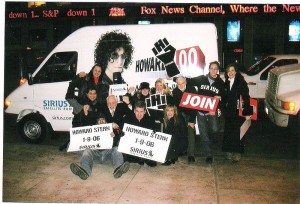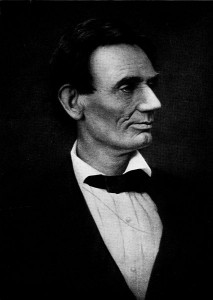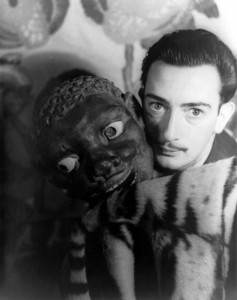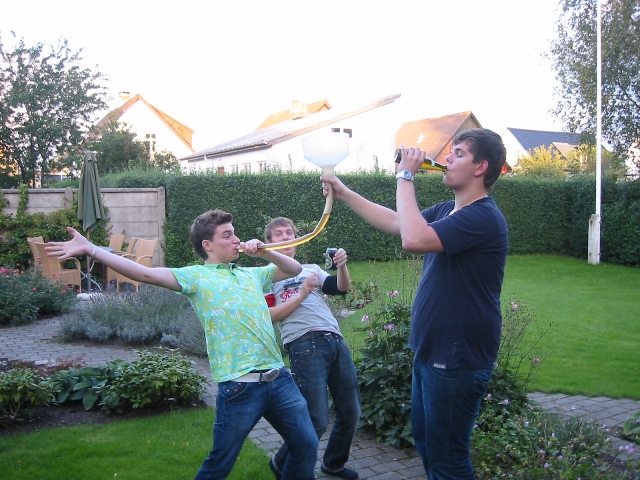
Also from the article: "Hatfill has committed $1.5 million to building a floating genetic laboratory, a futuristic-looking vessel replete with a helicopter, an operating room to treat rural indigenous peoples, and a Cordon Bleu–trained chef."
Longform has chosen its favorite articles of 2010 and one them is David Freed’s very deserving, very horrifying, “The Wrong Man,” an account in the Atlantic of how an innocent person was wrongly suspected of the Anthrax attacks that occurred in the wake of 9/11. Dr. Steven J. Hatfill was a virologist and bioweapons expert who, in Kafka-esque fashion, had been traduced by hysteria, circumstance and incompetence. An excerpt:
“On the day al-Qaeda struck the World Trade Center and the Pentagon with hijacked jetliners, Hatfill was recovering from nasal surgery in his apartment outside the gates of Fort Detrick, Maryland, where USAMRIID is housed. We’re at war, he remembers thinking as he watched the news that day—but he had no idea that it was a war in which he himself would soon become collateral damage, as the FBI came to regard him as a homegrown bioterrorist, likely responsible for some of the most unsettling multiple murders in recent American history. His story provides a cautionary tale about how federal authorities, fueled by the general panic over terrorism, embraced conjecture and coincidence as evidence, and blindly pursued one suspect while the real anthrax killer roamed free for more than six years. Hatfill’s experience is also the wrenching saga of how an American citizen who saw himself as a patriot came to be vilified and presumed guilty, as his country turned against him.
‘It’s like death by a thousand cuts,’ Hatfill, who is now 56, says today. ‘There’s a sheer feeling of hopelessness. You can’t fight back. You have to just sit there and take it, day after day, the constant drip-drip-drip of innuendo, a punching bag for the government and the press. And the thing was, I couldn’t understand why it was happening to me. I mean, I was one of the good guys.'”




























